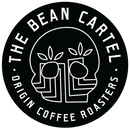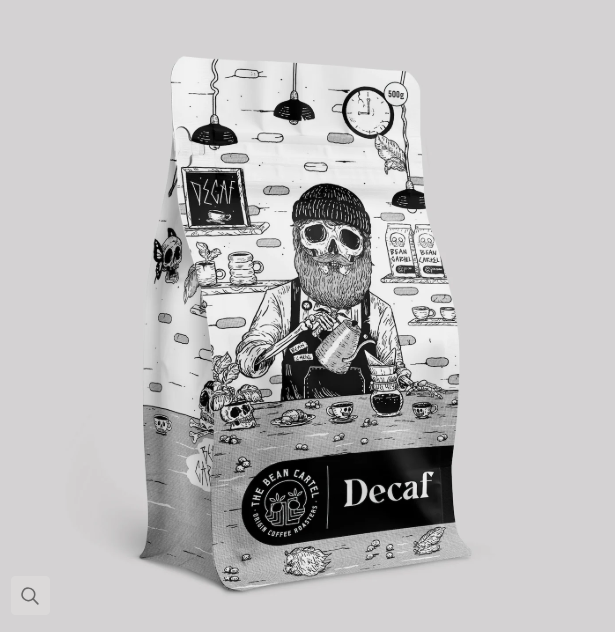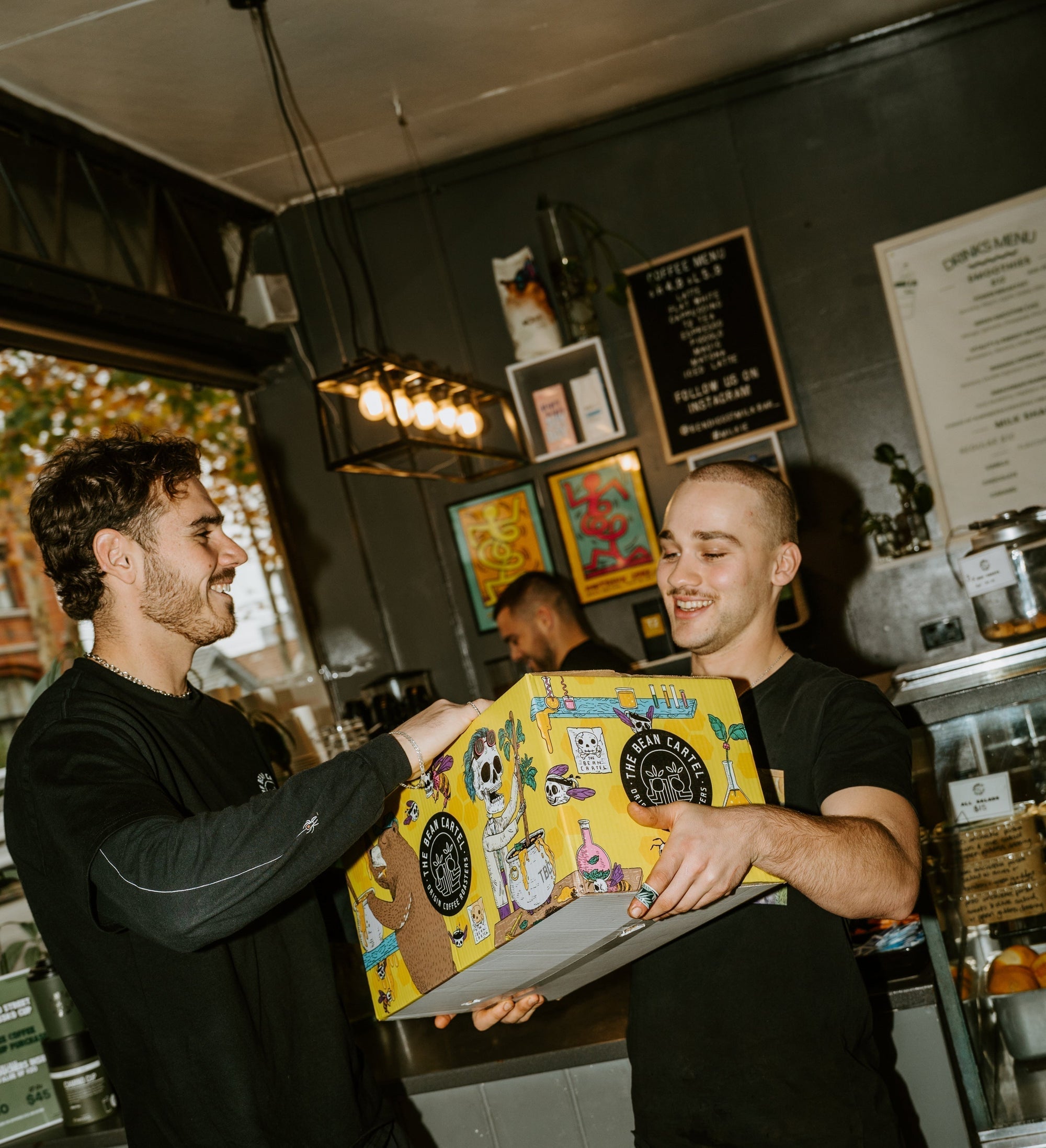How to Brew the Perfect Coffee at Home: A Complete Guide to Home Brewing Mastery
The aroma of freshly brewed coffee wafting through your home is more than just a sensory delight, it's the promise of a perfectly crafted cup to start your day.
Home brewing coffee has experienced a remarkable renaissance, with coffee lovers discovering that mastering the art of brewing is a great way to bring cafe quality rituals into their own homes.
Creating the perfect cup isn't just about beans and water; having the right space matters too. At The Bean Cartel we work with Area Office to fit out our own office space. Whether it’s a coffee nook at home or a workstation setup, functional furniture can make your brewing routine more enjoyable and organised, transforming a simple cup into a mindful experience.
This article is a guest contribution, created in collaboration with Area Office, who worked with The Bean Cartel on our own office fit-out.
How to Choose the Best Coffee Beans for Home Brewing
The foundation of exceptional home brewing coffee lies in selecting high-quality, fresh-roasted beans. Coffee begins losing its optimal flavour over time, which means those supermarket beans sitting on shelves for months simply cannot deliver the complex flavours you're seeking.
Blends vs Single Origins:
-
Single Origins are coffees from one farm or region that showcase distinctive flavour profiles, from fruity and floral to rich and chocolatey.
-
Blends are crafted combinations of specialty beans, designed for balance, consistency, and versatility (especially for milk-based drinks).
Learn the difference between blends and single origins here
Arabica vs. Robusta: Arabica beans offer smooth, complex flavour profiles with lower caffeine content and subtle acidity, making them ideal for most home brewing methods. Robusta beans provide stronger, more bitter flavours with higher caffeine content, better suited for espresso.
Roast Levels: Light roasts preserve origin characteristics with bright acidity, medium roasts balance origin and roast flavours, while dark roasts emphasise bold, robust characteristics with lower acidity.
Store your beans in airtight, opaque containers at room temperature.
Grinding Coffee at Home: Finding the Perfect Grind Size
The Bean Cartel offers a range of grind types for our customers so you can match your coffee to your chosen method.
Match your grind size to brewing method:
-
Coarse: French press (4-minute steeping)
-
Medium: Drip coffee makers, Aeropress
-
Medium-fine: Pour-over V60, Kalita Wave
-
Fine: Espresso, Moka pot
Investing in a burr grinder gives more consistent particle sizes than a blade grinder which can create uneven grounds and affect extraction.
The Role of Water in Brewing the Perfect Cup
Since coffee is 98% water, quality matters immensely. Use filtered water to remove chlorine, excess minerals, and impurities that can influence flavour.
Coffee-to-water ratios: Start with 1:16 (1 gram coffee to 16 grams water) and adjust to taste.
Water temperature: Maintain 90-96°C for optimal extraction, with lighter roasts requiring higher temperatures and darker roasts needing lower temperatures.
The Best Home Brewing Methods
-
French Press
Add coarse coffee (1:15 ratio), pour hot water, steep 4 minutes, then press slowly. Perfect for rich, full-bodied coffee with minimal equipment.
-
Pour-Over
Using medium-fine grounds, bloom coffee with small amount of water for 45 seconds, then pour remaining water in circular motions over 2-3 minutes. Creates bright, clean cups.
-
Drip Coffee Maker
Use medium grind with filtered water. Add 6-8 tablespoons per 6 cups water for consistent, convenient brewing.
-
AeroPress
Combine fine-medium grounds with hot water, steep 1-2 minutes, then press slowly. Excellent for travel and experimentation.
-
Espresso
Dose 18-20g fine grounds, tamp with 15kg pressure, extract 25-30ml in 25-30 seconds for concentrated coffee base.
Brewing with Precision: Tools and Timing
Precision transforms good coffee into exceptional coffee. Essential tools include:
-
Digital scale for accurate ratios
-
Timer for consistent extraction
-
Gooseneck kettle for controlled pouring
-
Quality burr grinder
Key timings:
-
French Press: 4-minute steep
-
Pour-over: 4-6 minute total time
-
Espresso: 25-30 second extraction
-
AeroPress: 1-2 minute steep plus 30-second press
Enhancing Your Coffee Experience
Create café quality milk foam using cold, fresh whole milk heated to 60-65°C. For flavour enhancement, try natural additions like cinnamon, vanilla extract, or cocoa powder.
Transform your routine into a mindful ritual by setting aside dedicated time, focusing on each brewing step, and savouring the aromas throughout the process.
Common Home Brewing Mistakes to Avoid
-
Using stale beans: Freshness matters which is why buying from a roastery is preferable to supermarket coffee.
-
Wrong grind size: Match grind consistency to your brewing method for proper extraction.
-
Poor extraction: Over-extraction creates bitterness (grind too fine, brew too long), while under-extraction produces sour, weak coffee (grind too coarse, insufficient time).
-
Bad water quality: Use filtered water to eliminate chlorine and mineral imbalances that affect taste.
Mastering Your Perfect Cup
Home brewing coffee mastery comes from understanding five key elements: fresh beans, proper grinding, quality water, precise ratios, and avoiding common mistakes. The journey from novice to expert happens one cup at a time, with each brew teaching you about flavour, extraction, and your preferences.
Start with one brewing method, master its nuances, then expand your repertoire. Remember that the "perfect" cup is ultimately the one that brings you the most satisfaction, whether it's a bold French press or bright pour-over.
Where to start: Choose one new brewing method from this guide and commit to brewing at least five cups using these techniques. Pay attention to how small adjustments affect flavour, and keep notes on your preferences. Your perfect home-brewed coffee is waiting to be discovered.



